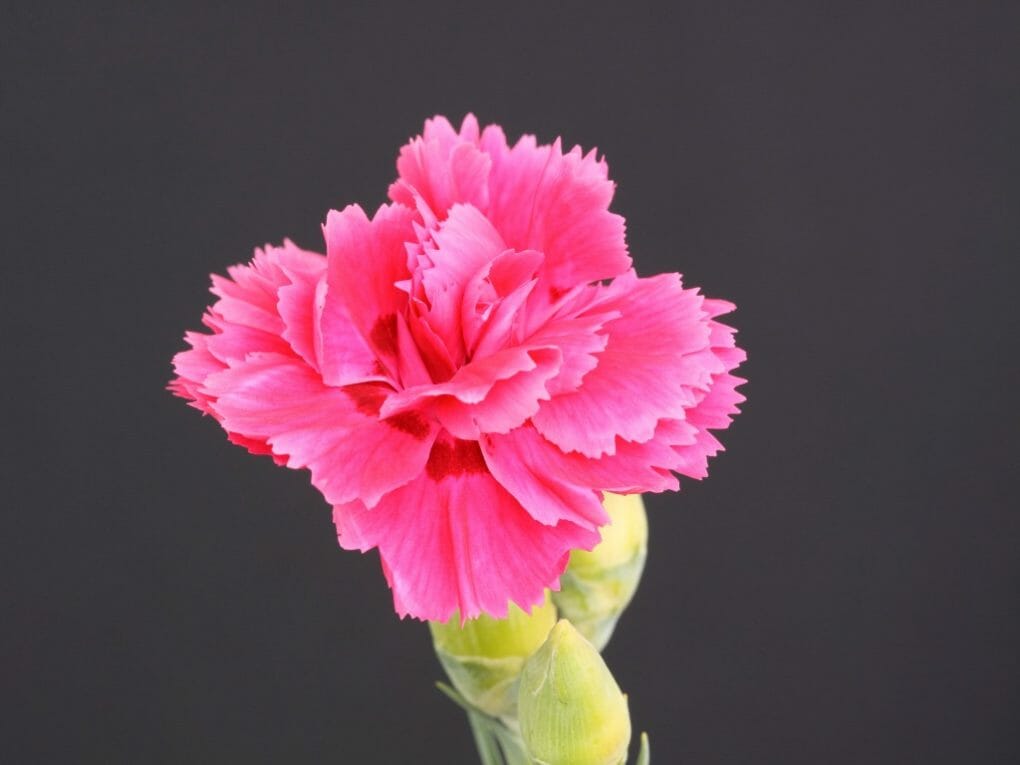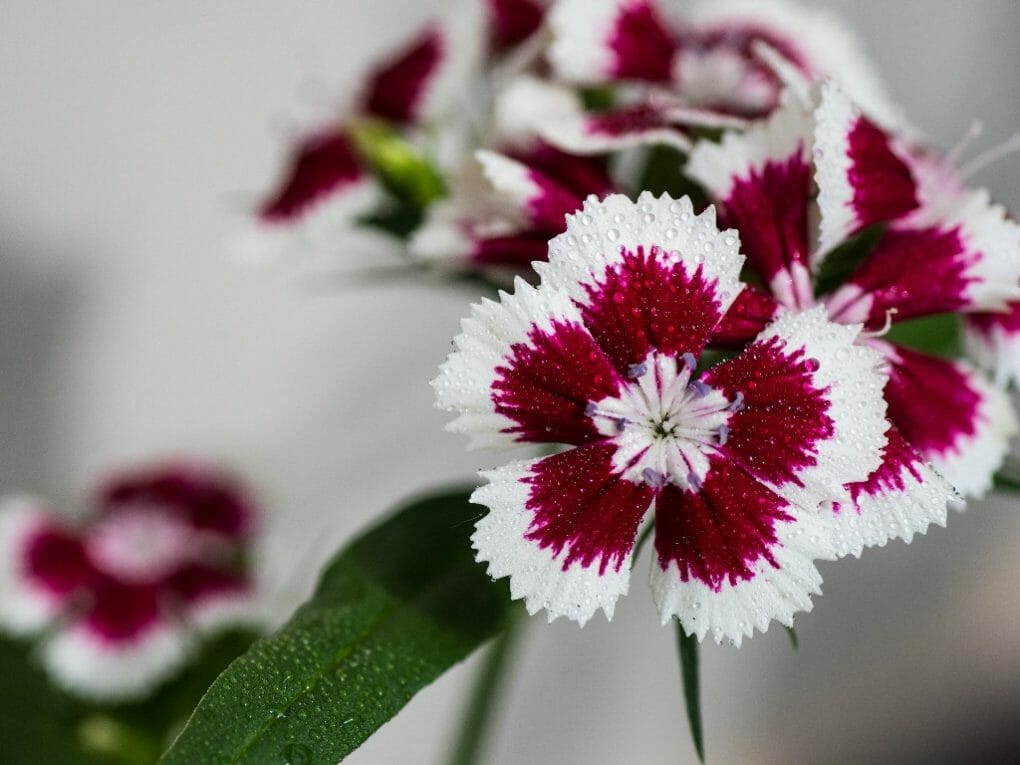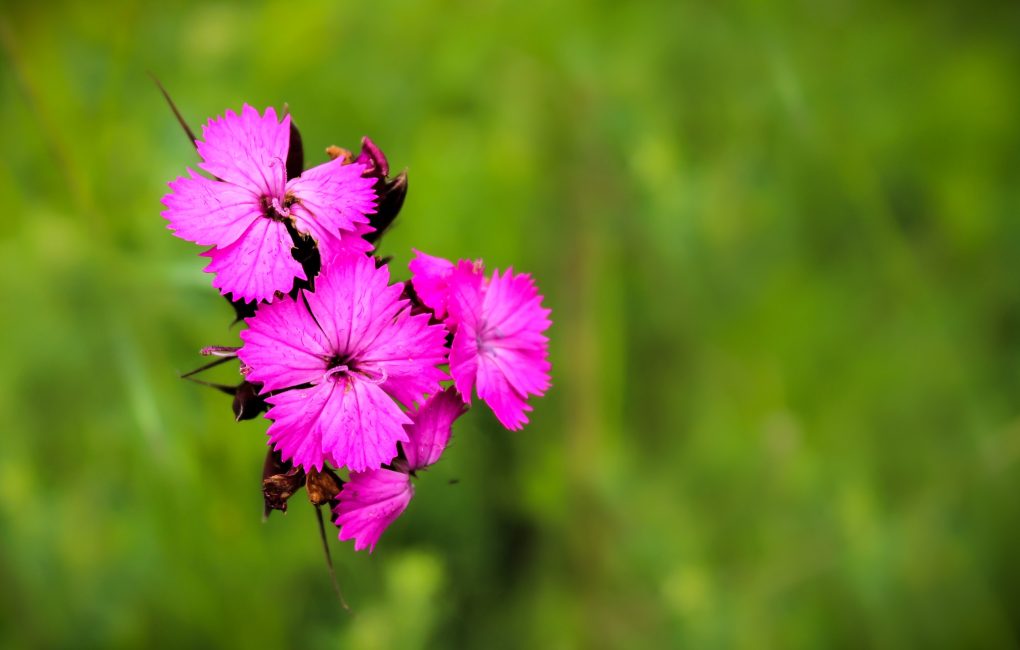How to Plant Carnation Flowers – The Basics You Need to Know
The carnation flower is a beautiful and popular flower that can add a touch of elegance to any room. This blog will teach you everything you need to know about planting carnation flowers, from the basics of how to plant them to care tips for keeping them healthy. Once you’ve read this guide, you’ll be well on your way to creating beautiful bouquets that will make any occasion feel special. So come on over and start planting carnation flowers today!

Table of Contents
How to Plant Carnations
Planting carnation flowers is a great way to add spring color to your home. Carnations are versatile flowers planted in various locations and tolerant of various soil types and climates. Follow these simple steps to plant carnation flowers:
Growing Carnations From Seeds
Things to Think About Before Planting
Care for carnations begins before the seedlings are planted. Planting carnation seeds in a location that receives at least 4 to 5 hours of sunlight daily will facilitate their growth. Carnation garden plants thrive in well-draining, mulch-free soil that promotes air circulation.
Growing Outdoor
After the danger of frost has passed, some individuals prefer to learn how to grow carnation blooms outside. Growing carnations outdoors requires the same care and attention as indoors, but it’s doubtful that your seeds will germinate in time for blooms the first year. Sow carnation seeds in well-drained soil 1/8 inch (3 ml) deep when planting them outside. You should water the garden or container soil regularly until the seedlings emerge. Thin your seedlings to a distance of 10 to 12 inches (25 to 30 cm) if they have established themselves and are growing well.
Growing Indoor
You can begin germinating carnation seeds within six to eight weeks of your frost-free area. If you know a few simple strategies, caring for carnations is easy, and you can start seeing results in as little as a year. Choose a container with holes on the bottom and fill it with earth to within two inches of the rim (five centimeters). After a light dusting of the seeds, you should carefully cover them with a thin layer of soil. After thoroughly moistening the soil, place a transparent plastic bag over the container to simulate the greenhouse conditions. Your carnation garden should show signs of life in a matter of days. It’s time to transplant the seedlings into individual containers once they’ve grown two or three leaves. Even if frost is not a problem where you live, waiting until the soil is at least four inches (10 cm) thick before transplanting the seedlings outside is best.
Growing Carnations From Cuttings

Root Cuttings
Your plants can also be used to make new plants. Take cuttings 4 to 6 inches long and cut the leaves off two to three nodes. If you want to, swirl in some rooting compound, then stick each cutting into moist sand. Cover them with a plastic bag held up by stakes or the bottom cut out of a two-liter bottle.
Mist the sand as often as you need to. The cuttings should have grown roots and new leaves in about a month.
Separate Carnation Stems
Dig up groups of carnations that are too close together and pull them apart. You can also divide the sections with two garden forks. Roots and leaves should be in each section. Throw away any dead, rotting, or sick parts; don’t put them in your compost pile.
Get the Garden Bed Ready
Carnations grow best in full sun and rich garden soil that drains well. Take away any grass, weeds, plant parts, or rocks. Dig 2 to 4 inches of well-rotted manure and compost into the soil to a depth of 6 to 12 inches. This will prepare or refresh the soil.
To grow carnations in large flowerpots, use potting mix for tomatoes and other vegetables because of carnations like a little bit of acidic soil. You can also make your potting mix by mixing equal amounts of compost, peat moss, coconut coir, coarse sand, and perlite.
Put the Seedlings in the Ground
Plant the seedlings or pieces of plants when it’s cloudy or late in the day. Dig holes 6 to 12 inches apart, depending on how big the plants will grow, and place each plant carefully in its hole. Ensure the rootball or section is at the same depth as before by adding or removing soil. Tamp it down gently and water it well.
Carnation Care Tips

Water
When watering carnations, drench the plant rather than spray it quickly. This will help to improve overall flower appearance and gardening performance.
Fertilizing
Carnation plants do not require fertilizer during the early growth stages, but they may benefit from additional feed later in the season when flowers are forming. Consider using a balanced compost-based mulch around your plants for added nutrients and moisture retention.
Sunlight
Plants growing carnation flowers usually require around six hours of direct sunlight daily. However, if you experience a bloom fade or scorch on the petals, your plant may receive too much sunlight and should be moved to a darker location.
Deadheading
Flowers will bloom longer and grow more if their stems are cut and spent flowers are removed regularly. Pruning improves airflow, which reduces the likelihood of fungal diseases like powdery mildew.
Mulching
Adding mulch around carnation plants will help to retain moisture and protect the soil from erosion. A good option is a compost-based mulch, which provides plant nutrients while inhibiting weed growth.
Pest Control
Insect pests such as aphids, mites, and thrips prey on carnations. Use companion planting to reduce pest populations naturally or release predators such as ladybugs. A mild insecticidal soap applied to the plants may be necessary if the infestation is severe. However, in most circumstances, a powerful blast of water applied once every few days should do the thing.
